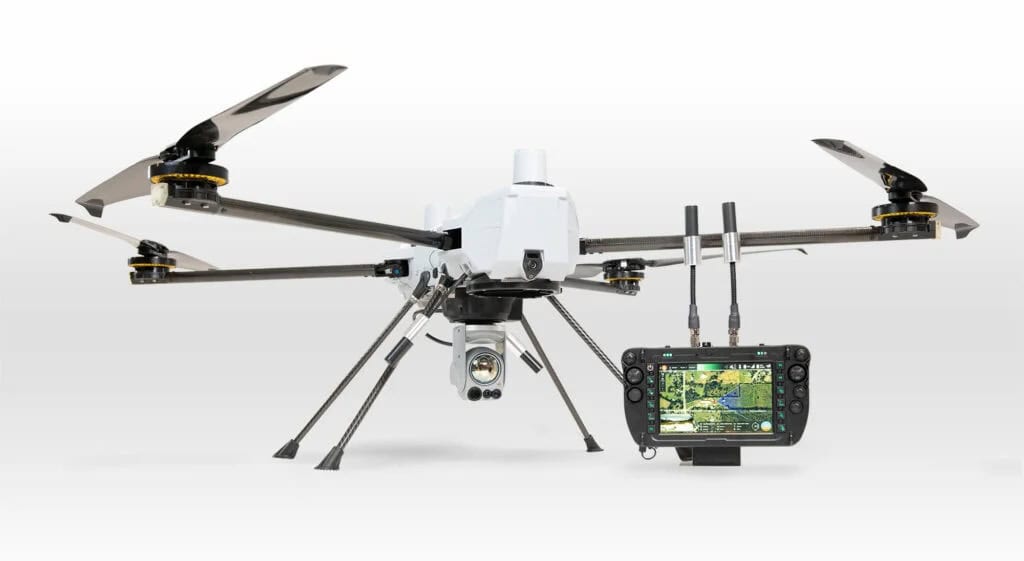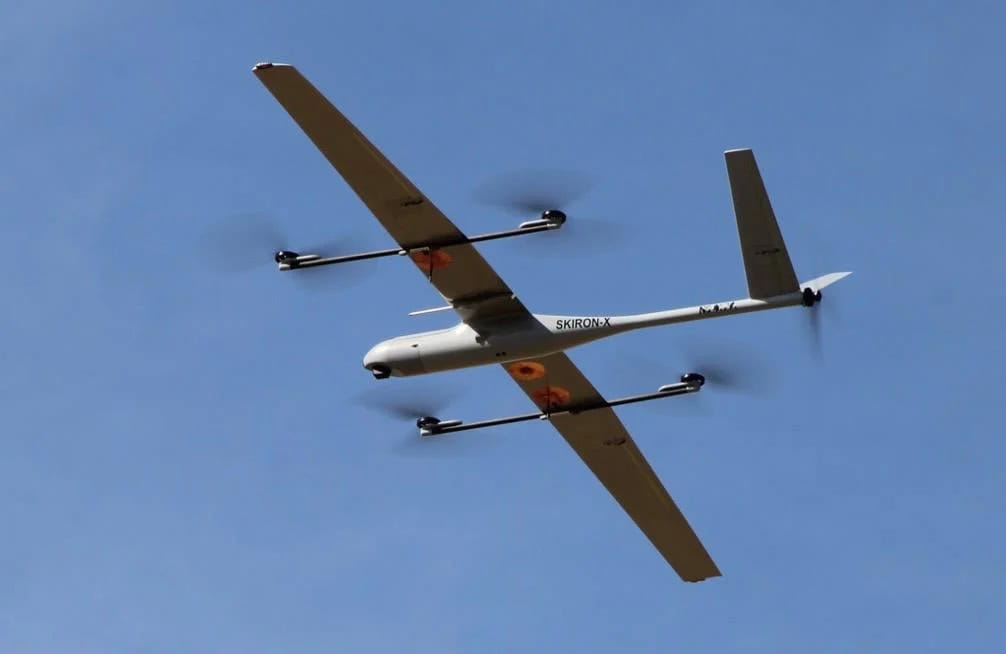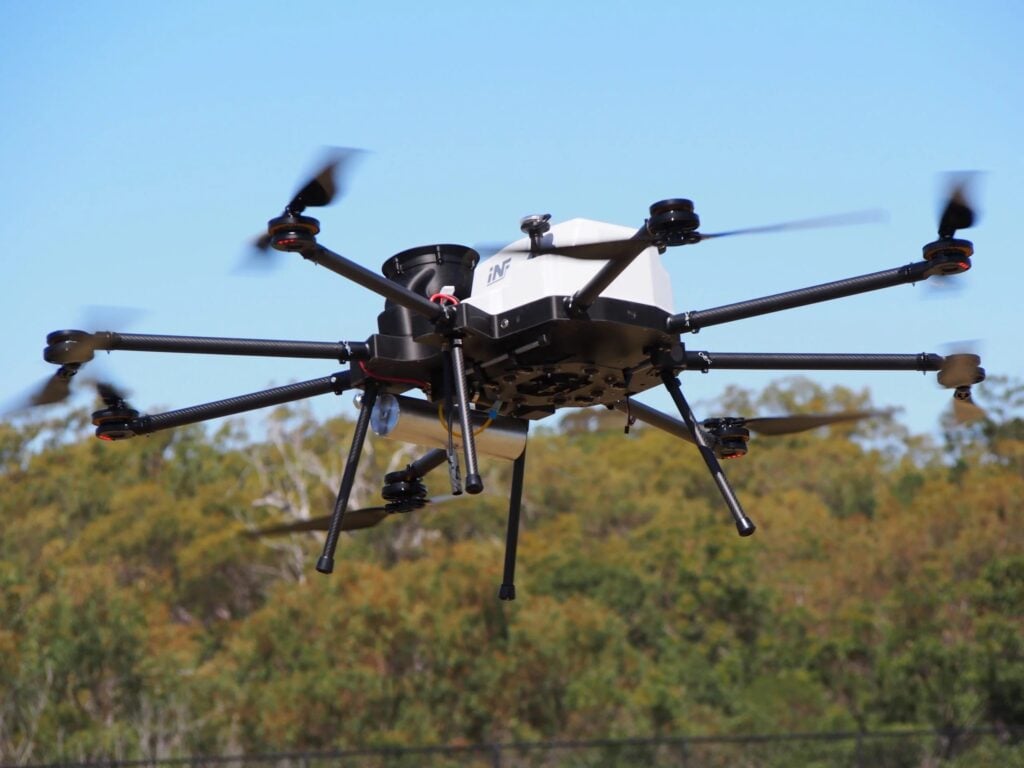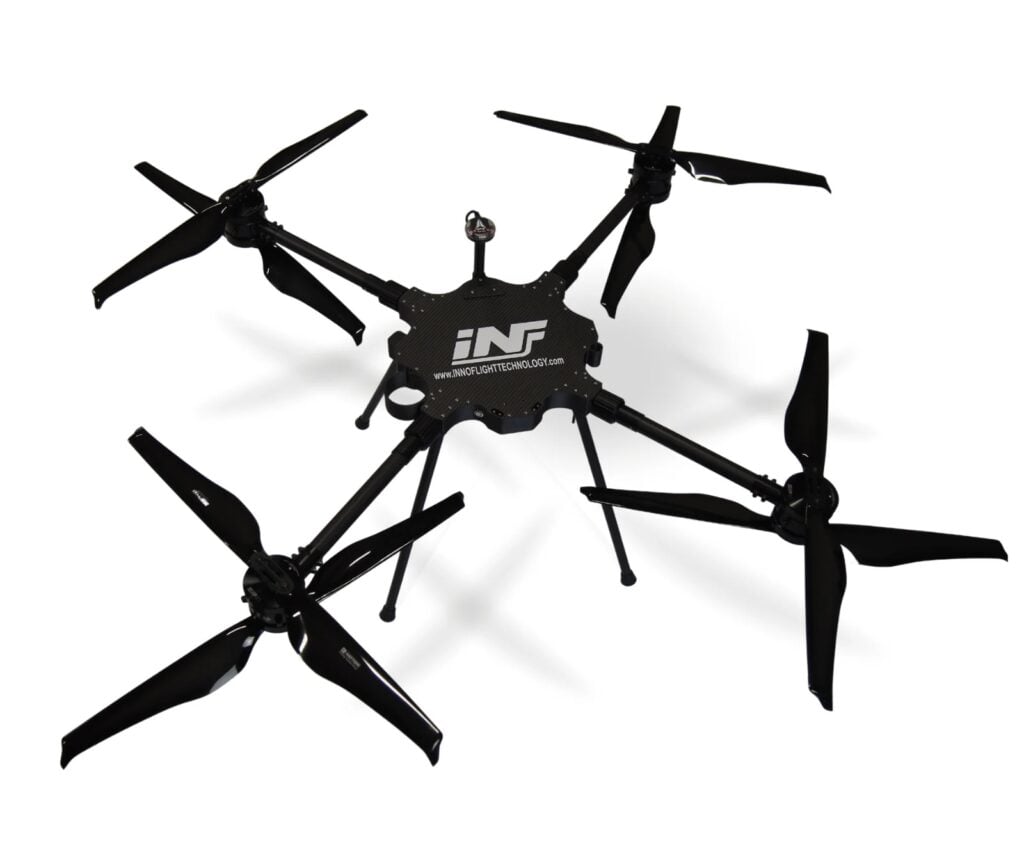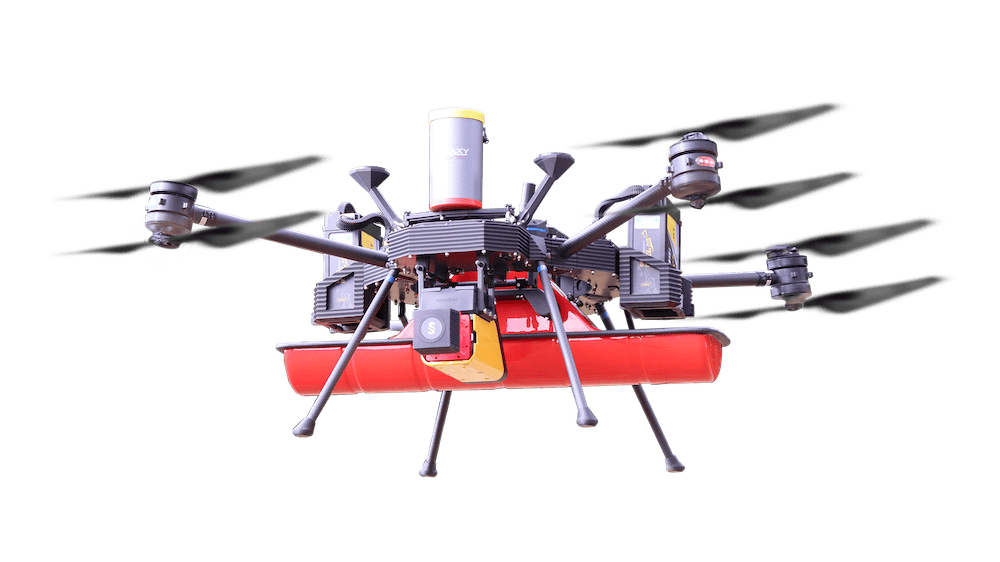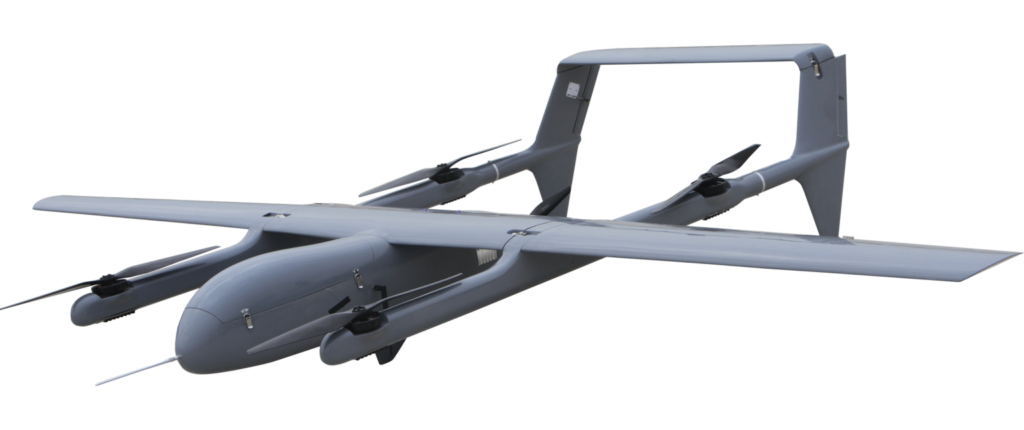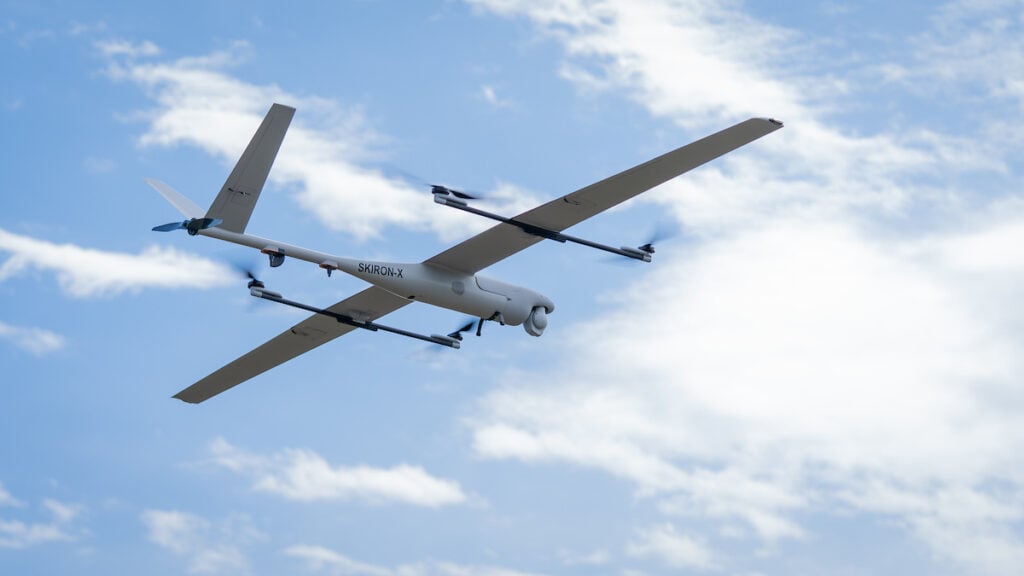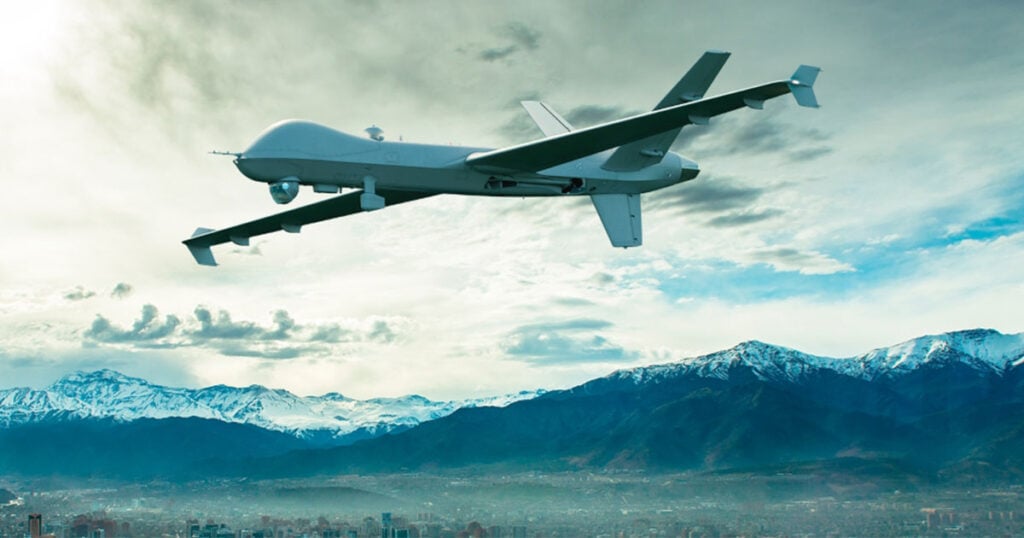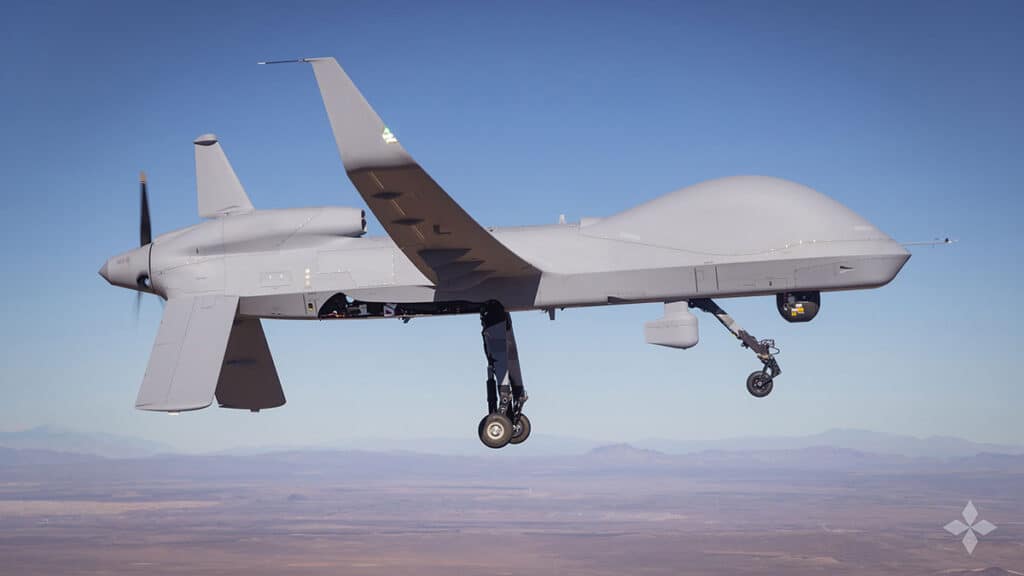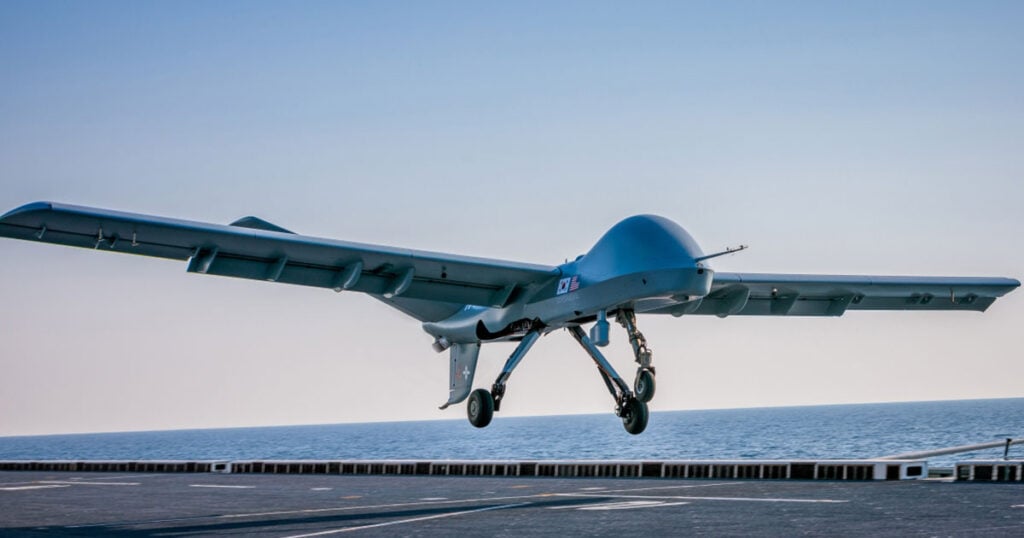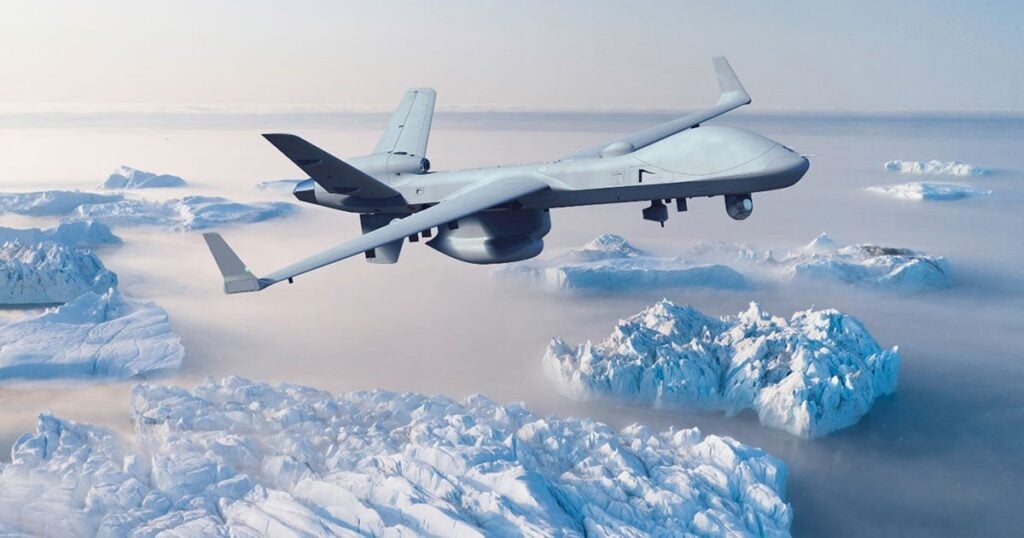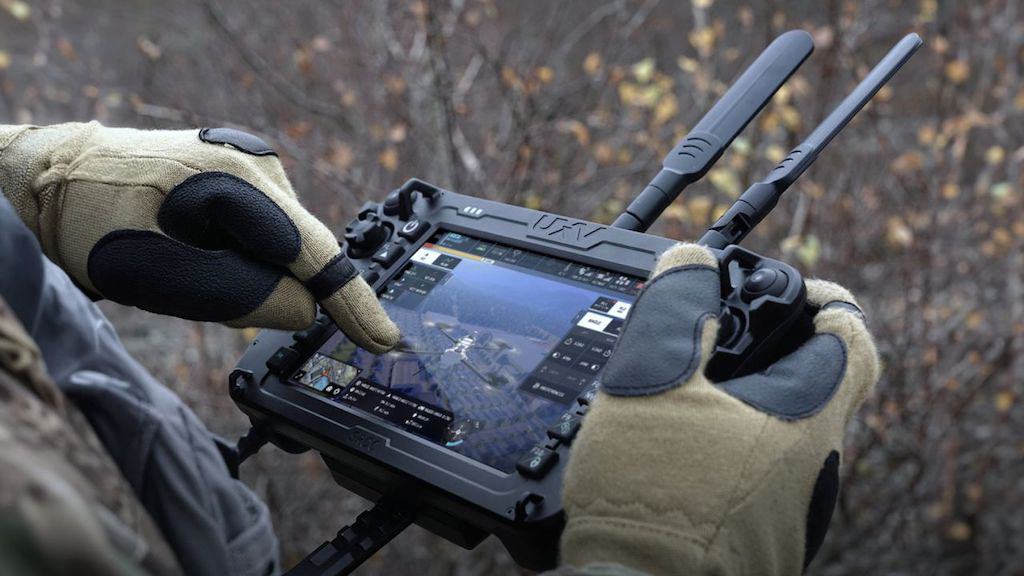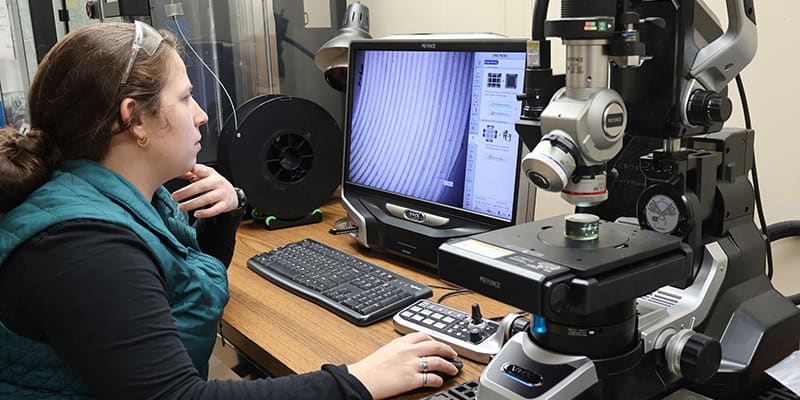Military UAS (unmanned aerial systems), also known as RPAS (remotely piloted aircraft systems) or tactical UAS, are utilized by armies, navies, air forces and special forces for a wide range of roles.
They provide a number of advantages over conventional aircraft, including rapid deployment, cost-effectiveness, and reduced risk and lower cognitive burden for operators. Tactical UAS may be directly controlled by a pilot or may feature a certain level of autonomy. Regulations state that any UAV used for deploying munitions must do so with a human in the loop.
UAS Applications
UAS may be deployed by military forces for a wide range of applications. Some of the most common include:
ISR (intelligence, surveillance and reconnaissance)
Drones of all sizes are ideal for capturing vital information that can be used for situational awareness and decision making, typically using high-definition visible and thermal cameras.
Strike Capabilities
Some unmanned aerial systems can be equipped with munitions that can be used to engage a variety of targets, including ground troops, vehicles, other aircraft, and buildings. Specialized loitering munitions have been developed that are essentially a single-use drone with a built-in warhead.
EW (Electronic Warfare)
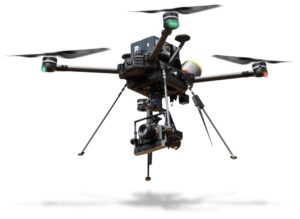
Sensus M VTOL Multirotor Drone by ISS Aerospace
UAS platforms may use specialized payloads that can be used to disrupt or jam enemy communications and radar, intercept information transmitted wirelessly, or protect friendly forces from these types of attacks.
Logistics & Cargo Supply
Heavy-lift military UAS can be used to transport and deliver essential cargo including ammunition, medical supplies, and spare parts. Medevac drones have also been developed that can be used to extract a casualty from the battlefield.
Unmanned Aerial Systems Communications
Military UAS may operate LOS (line-of-sight) or BLOS (beyond line-of-sight), depending on the mission requirements, environment, and abilities such as endurance and range.
They may utilize a number of different command, control and communications methods – smaller UAS platforms typically use RF (radio frequency), while larger UAS may have the size and payload capacity to allow them to host satellite communications (SATCOM) terminals, allowing them to be operated from almost anywhere in the world.
Classification & Types of UAS
There are many different types of UAS, ranging from palm-sized battery-powered quadcopters to fixed-wing aircraft with wingspans of over a hundred feet and powered by turbojet engines.
Military UAS can be categorized in a number of ways – two common systems include Classification by NATO and the U.S. Department of Defense (DoD). Both of these use maximum takeoff weight (MTOW) as a basis, with the lower group or class numbers representing lower weights.
NATO Classification System
U.S. Department of Defense (DoD) Scheme





